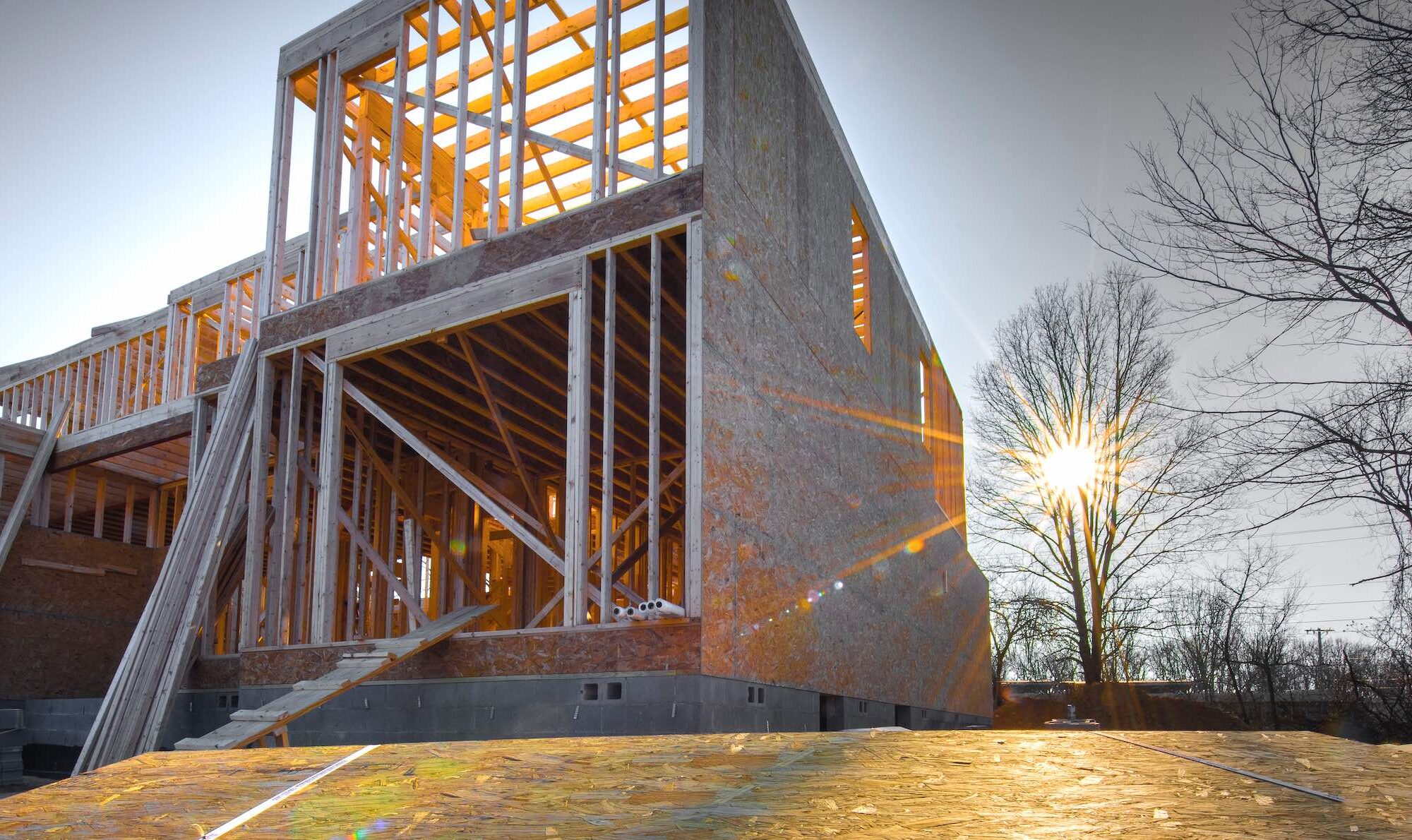What is the future of reconstructable homes?
Is it time to rethink how we design property in Luxembourg? Alongside traditional construction methods, more sustainable and affordable alternatives are starting to appear. If they fulfil their promise, these circular and modular buildings could start to proliferate in Luxembourg in the future. myLIFE tells you more about these assets that are based on the concept of construction, dismantling and reconstruction.
Residential buildings designed with materials that can be dismantled, recycled and reused for other purposes are gradually gaining ground in Luxembourg. The first small-scale projects look to open the way for a promising future in this field.
The circular economy, a priority in construction too
The circular economy is defined as “The restorative use of materials and products in renewably powered cycles where everything is a resource for something else, generating positive economic, social and ecological impacts through improved quality and resource productivity”.
Like other sectors in Luxembourg, construction and town planning are also considering the implications of the circular economy and are even among the forerunners in the field. This concept is gaining an increasing number of fans, not least the government, which sees it as a key tool for energy transition. Public bodies have launched an increasing number of initiatives on this topic, namely:
-
- a Circular Economy Strategy Luxembourg;
- the principles for a circular economy defined by the High Council for Sustainable Development;
- a Luxembourg waste prevention strategy;
- a monitoring tool, the Product Circularity Data Sheet (PDCS), for the collection of data regarding the reuse of products and materials.
- in all probability, a platform to be established in Luxembourg for the reuse of materials from the deconstruction of old buildings.
All of these actions are focused on the achievement of zero carbon emissions by 2050.
All of these actions are focused on the achievement of zero carbon emissions by 2050. They also help promote local resources to ensure better management of material flows and job creation, whilst also reducing direct and indirect energy consumption, building site waste and unnecessary transportation. A third of the waste produced in the European Union is derived from construction and demolition activity. This approach therefore has an impact on the environment as well as on the economy and social issues.
From deconstruction…
Within the segment, circular construction focuses on both new buildings and the preservation of existing buildings through renovation. Buildings destined for demolition are increasingly analysed to determine which materials can be reused. Within this recycling approach, reuse is sometimes sub-optimal as engineers are not always aware of the exact composition or method of assembly of products, or the best way to dismantle a building.
If the circular economy approach is integrated from the start, it is easier to define what can be reallocated, and to plan for reuse and reconstruction.
The PDCS may prove useful in helping avoid such losses, as it documents the origin, composition, processing, assembly and physical properties of each material. If the circular economy approach is integrated from the start, it is easier for the various participants to define what can be reallocated, and to plan for reuse and reconstruction.
… to reconstruction
The concept of a circular economy applies to the planning of business and commercial zones, but urban residential areas are also affected. The construction process must be integrated with urban and spatial planning. Architectural choices must be carefully considered from the design stage as they will have an impact on the building’s performance, sustainability, and role as a “materials bank”.
Architects and engineers must now aim to create circular value by designing projects using materials that are environmentally sound, innovative, and easily dismantled and reused, and based on renewable energy. Structures that are simple, visible and understandable make repairs and dismantling easier.
There are several options available for reducing the environmental impact of materials. These include, for example, the use of bio-sourced materials such as wood, production methods with lower energy intensity, and design which allows for elements such as steel beams to be dismantled and recuperated.
Modular construction is already a reality in Luxembourg
In Luxembourg, there have been several architectural projects illustrating the potential for circular construction. Among these, the Petite Maison established in Belval – realised as part of the Esch2022 programme – illustrates the design-construction-deconstruction cycle of a building to encourage the reuse of its materials. Everything in this temporary installation can be dismantled, transported, and reconstructed in the same or in a different form. The materials selected are second hand or recycled and the primary materials are renewable and/or have a high potential for reuse. The architects behind the project wanted to demonstrate that circular construction is achievable as of today, including in larger scale residential projects.
Other buildings designed on the same principles host offices and exhibition spaces. This is the case for a temporary modular wooden building in Moutfort, created from pre-constructed wood modules made in Switzerland, and used as a temporary mountain restaurant. These modules can be recovered for use at any time in a different project.
Similarly, the Luxembourg pavilion for the universal exhibition held in Dubai in 2021-2022 was designed in steel and wood to be recycled and reconstructed. The pavilion for the next exhibition in Osaka in 2025 is also likely to be designed in the same vein.
Reconstructable buildings invite us to rethink the use of urban areas and therefore appear capable of gaining a foothold as economically sustainable investments.
Reconstructable buildings invite us to rethink the use of urban areas and therefore appear capable of gaining a foothold as economically sustainable investments. They are thus preferable on ecological as well as financial grounds.
Are reconstructable homes the future of residential construction? At the very least, they have ecological and economic advantages that make them an interesting investment. Is that enough to consider them for your future home? That is your decision.


 Mortgage
Mortgage Personal loan
Personal loan Savings
Savings